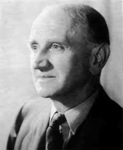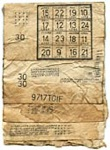Published on Sunday, January 13, 2008 in
fun,
Numb3rs,
psychology,
savant,
TV,
videos
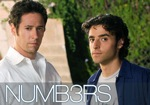 Certainly, you can learn enough feats from this site and its links to present yourself as a genius. Just how are geniuses presented, anyway? I thought it might be fun to look back at how TV has presented their genius characters.
Certainly, you can learn enough feats from this site and its links to present yourself as a genius. Just how are geniuses presented, anyway? I thought it might be fun to look back at how TV has presented their genius characters.
To help you understand these types, many of the links below have links to one or more free full online episodes of their respective shows, which I've marked with (fe) next to their names.
* Professor: This is the classic genius caricature. Whenever the Professor is faced with a problem, his intellect is able to devise an ingenious way to solve the problem. Note that the Professor type is usually portrayed with minor emotional qualities, and is a neutral character who often helps settle disputes. As long the other characters around them understand these quirks, they get along fine with others.This category is named after the Professor from Gilligan's Island (fe), but would also include Star Trek's Mr. Spock, CSI's Gil Grissom (fe), Charlie Eppes of Numb3rs (fe), and MacGyver.
* TV Genius: The TV Genius would be the Professor type taken to extremes. Instead of simply having minor emotional qualities, they are presented as the quiet, maladjusted type. Interacting with other people is very difficult to them, even to the point of being baffling, but dealing with numerous analytical details is simple and fascinating for them, as if they were borderline autistic. They're often impossibly smart to the point that they can handle all branches of science with equal brilliance. Austin James in Probe (fe), Back To The Future's Doc Brown, and most of the cast of Frasier would fit here.
* Teen Genius: Unlike the previous types who tend to have some difficulties in dealing with people, the Teen Genius has fewer odd quirks, except for the natural problems that come with being a teenager. While Doogie Howser, M.D. (fe) is probably the first example to come to mind, there is also the four main characters of Whiz Kids (fe), Growing Pains' Carol Seaver (fe), and Willow on Buffy, The Vampire Slayer (fe).
* Insufferable Genius: This type frequently boasts of their amazing knowledge, and seems to come across as a know-it-all at first. Then, the other characters learn that this character really is as good as he says, but usually continue to regret the boasting. Many of you are probably already thinking of House (fe), but M*A*S*H's Winchester and Hercule Poirot are also classic examples of this.
* Genius Ditz: Reconciling opposites often makes for interesting characters, and applying that to geniuses gives us the Genius Ditz. These are often characters who have been originally presented as not being too bright, but are actually brilliant in one particular field. Deep Space Nine's Rom had a great talent for engineering. This type of genius is often used in kid's shows, such as the Electric Company's Fargo North, Decoder (fe).
* Genius Bruiser: The Genius Bruiser is another attempt to get away from the standard genius stereotype. When first introduced, they're thought of as a bully or a muscular brute. Later, it's discovered that they also have a brainy side, usually manifesting as some specialized geeky ability or interest. The X-Men's Dr. Henry "Beast" McCoy, and, surprisingly, B.A. Baracus of the A-Team (fe), who was occasionally shown repairing and developing electronic gadgets, are classic examples.
These, of course, aren't the only ways geniuses are portrayed on TV, only the most frequently used. Thankfully, newer approaches are being developed, too. For example, Psych (fe), features a character, Shawn Spencer, who is skilled at observation and deduction, but the police originally think this knowledge is so good, he must've been part of the crime. To keep from being prosecuted, Shawn has to keep up a facade of being psychic.
One of the best shows on TV for comparing approaches to smart characters would have to be Head of the Class (fe). This show focuses on a group of advanced placement New York high school students, and their teacher's unusual approach to education. With so many smart characters in one place, it's often interesting to see how they made the characters so different from each other, as well as the kind of challenges they faced.
Do you have any favorite geniuses from TV? I'd love to hear who it is and what you liked about their approach in the comments!

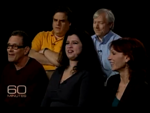 The holy grail of memory is considered to be eidetic memory, what is more commonly as known as a photographic memory.
The holy grail of memory is considered to be eidetic memory, what is more commonly as known as a photographic memory.

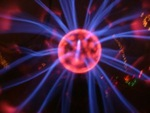 It's time for April snippets!
It's time for April snippets!
 Certainly, you can learn enough feats from this site and its links to present yourself as a genius. Just how are geniuses presented, anyway? I thought it might be fun to look back at how TV has presented their genius characters.
Certainly, you can learn enough feats from this site and its links to present yourself as a genius. Just how are geniuses presented, anyway? I thought it might be fun to look back at how TV has presented their genius characters.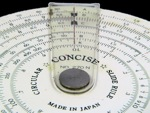 Ever seen a 200 digit number? For those who haven't, here's one:
Ever seen a 200 digit number? For those who haven't, here's one: 